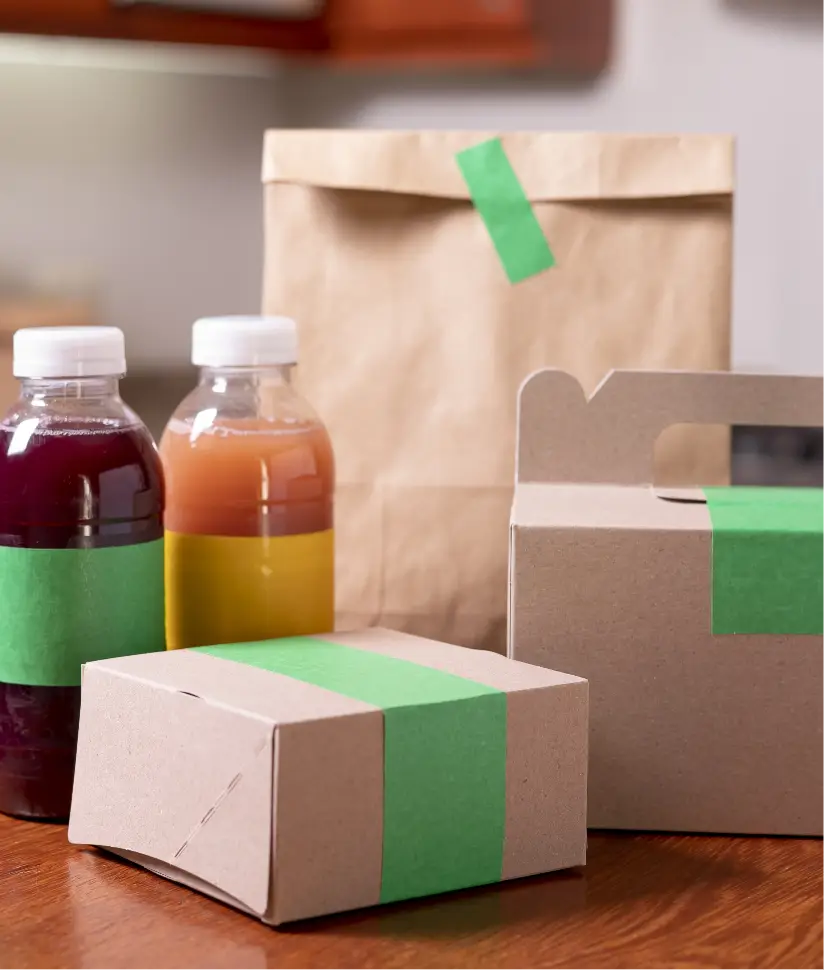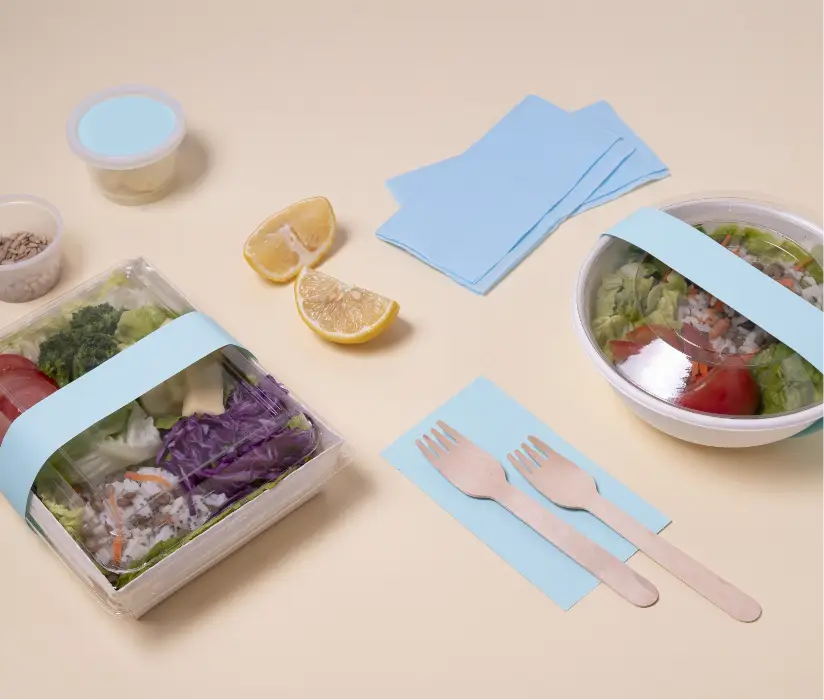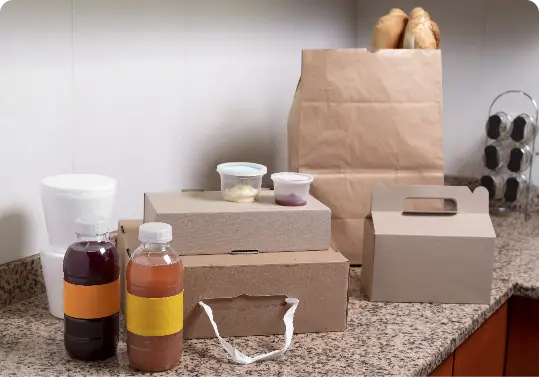
Food Services Management
Food Branding And Packaging Solutions
Food packaging and branding are important aspects of the food industry. Businesses that use effective branding and packaging can develop a distinctive brand identity, stand out from the competition, and draw in and keep customers. Effective branding and packaging can be the difference between a product selling well or not in the food sector, as products are frequently marketed mainly on appearance and presentation. Businesses have a lot of things to think about, like client preferences, shelf life needs, and rules governing food safety. Packaging design must also balance form and function in order to be both functional and aesthetically pleasing.
Developing a distinctive character and personality for a product or company is known as branding. It contains everything, including the brand messaging, colour scheme, and packaging design. In the food industry, branding is essential because it makes companies stand out in an overpopulated market and fosters client loyalty. In contrast, packaging refers to the actual container or wrapper that a food product is contained in. The product is protected from contamination and damage by the packaging, which also increases the shelf life of the product and gives the buyer information.







